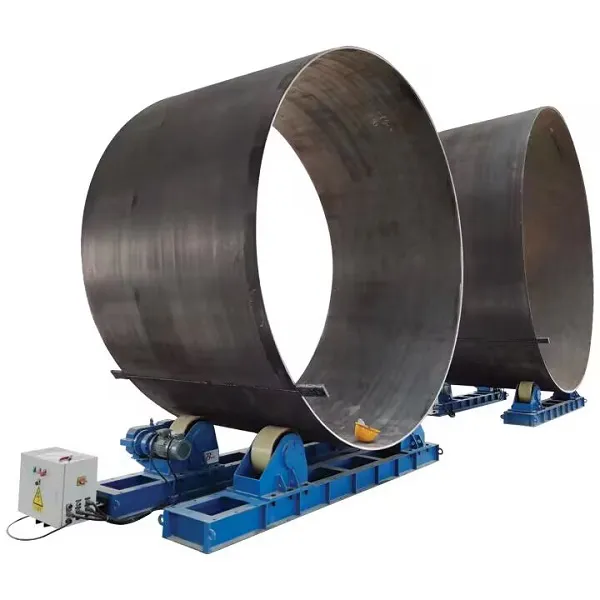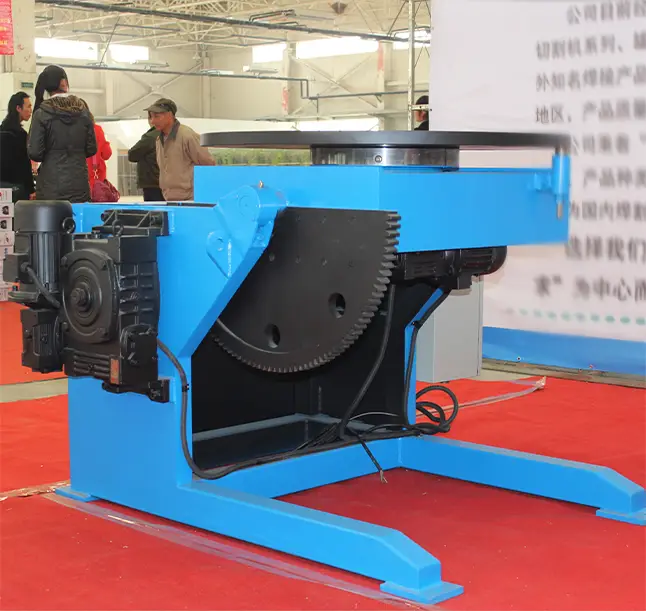
*Can be customized according to user requirements
Welding rotator is a commonly used welding auxiliary device, which is widely used in the welding production process. It mainly uses the friction between the weldment and the driving roller to drive the rotation of the cylindrical weldment. It can be combined with a welding manipulator, a welding positioner, etc. Realize the automatic welding of inner and outer circular seams, fillet welds and inner and outer longitudinal seams of weldments.

Professional welding column boom manufacturer
To provide you with a one-stop welding & cutting solution
LEAVE MESSAGE →No. 1 Intersection of Chuangye Avenue and Weilai Avenue,
Yiyang County,Luoyang City, Henan Province, China
+86 400-0379-069
Copyright © 2023 An Automated Welding and Cutting Equipment Manufacturer Focusing on Welding Column Boom and Welding Rotator | All Rights Reserved Technical support: ShangXian